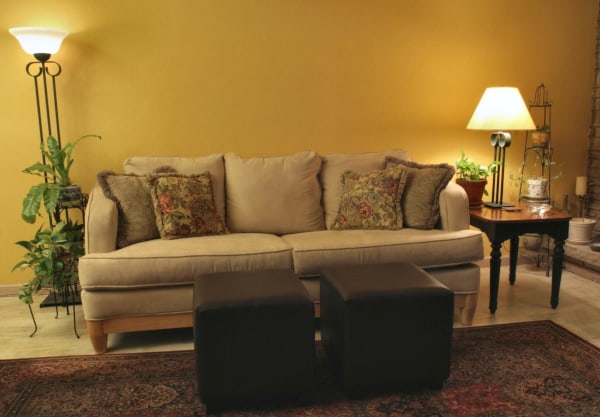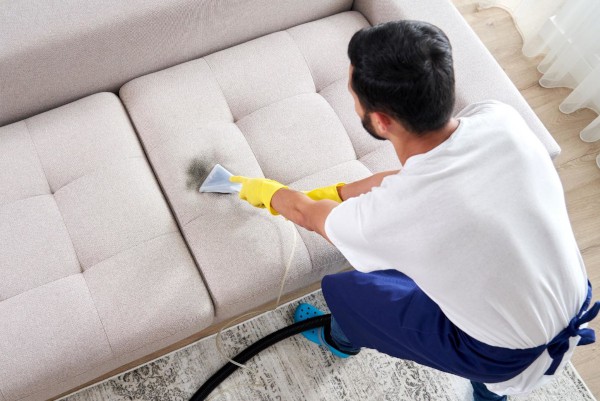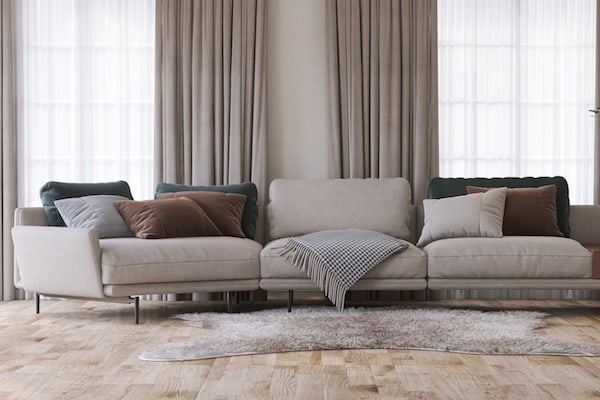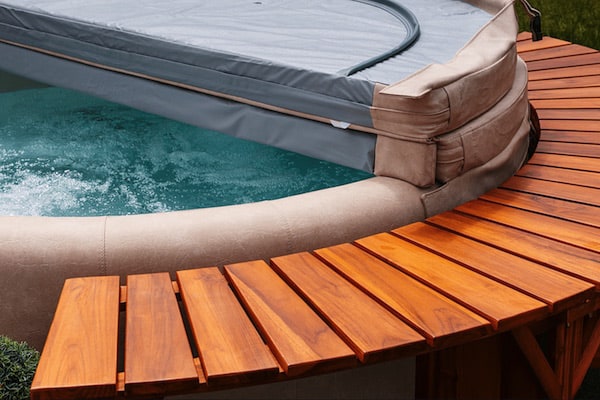
How to Clean a Microfiber Couch (and How NOT to Clean One)
Has your microfiber couch seen better days? Like most upholstery fabrics, microfiber can eventually end up covered with dirt and stains. But with the right cleaning products and techniques, you’ll be able to restore its looks so your furniture will provide more years of stylish comfort.
In this guide, we offer specific advice for general cleaning, stain removal and odor remediation. You’ll get practical, effective cleaning solutions for the most common cleaning challenges faced by couch owners, such as how to remove ink from a microfiber couch or prevent moisture rings. We also cover popular bad ideas and explain why you should skip them. Finally, we recommend ways to protect your microfiber couch from future dirt, stains and odors.













